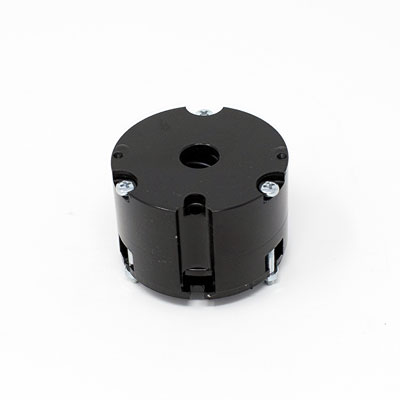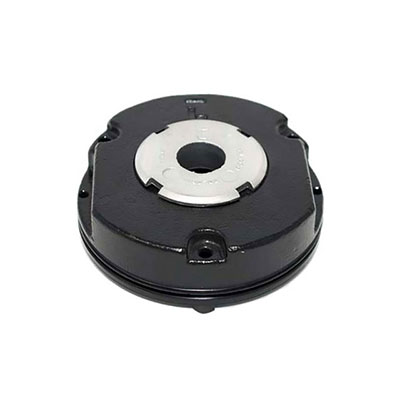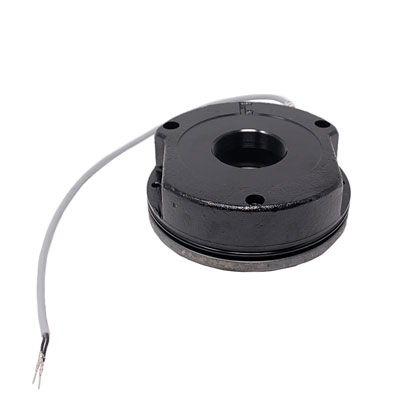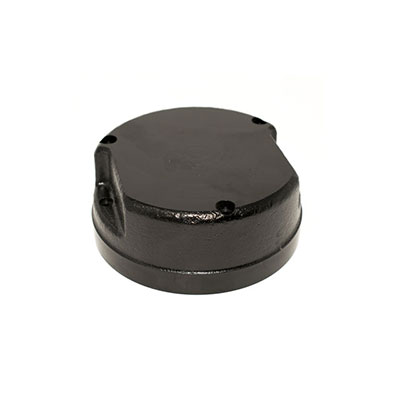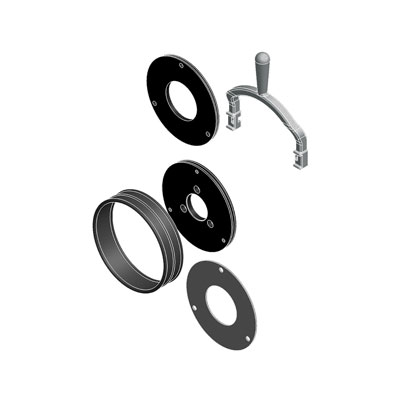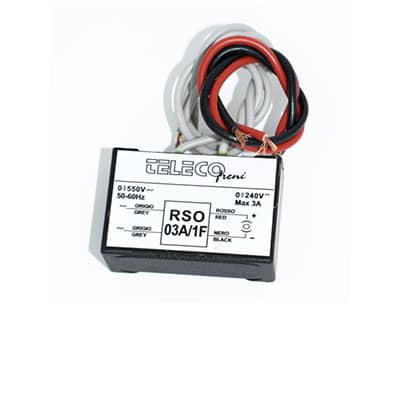Spring applied brakes: definition and operation
Spring applied brakes work in the absence of electricity and are therefore ideal in the event of an emergency since they can maintain the stoppage position for a long time. When power supply is interrupted, the springs provide locking pressure to lock the rotor between a fixed plate and the armature and generate a braking torque to lock rotation of the shaft. When power is restored, with energy reaching the coil, a magnetic force is generated that pulls the armature to compress the springs and release the brake.
Piero Mantovani
Our expert in electromagnetic brakes
Download the catalogue for the range
Electromagnetic safety brakesuse of safety brakes
Spring applied brakes have high braking energy and good resistance to wear. They are therefore suitable for use in lifting drives, in robotics and in overhead conveyors, since they guarantee controlled deceleration in the event of an emergency stop. The brake must allow reliable braking and safely maintain the weight of the load: in static maintenance applications, the servomotor or the stepper motor brings the load to speed and, with the motor off, the brake maintains the load in position.
In dynamic operating applications with low cycle, a specific deceleration time is required obtained by dimensioning the brake or based on the speed of the system and the brake inertia or based on the motor torque or reduction ratio.
![]() Hand release
Hand release
Normally, safety brakes remain accessible after assembly; furthermore, being mechanically applied, a lever can be installed for manual release.
![]() Versions
Versions
All our series of safety brakes can be supplied in an anti-sticking system version for applications in environments at low temperatures (mining, wind, refrigeration units).
